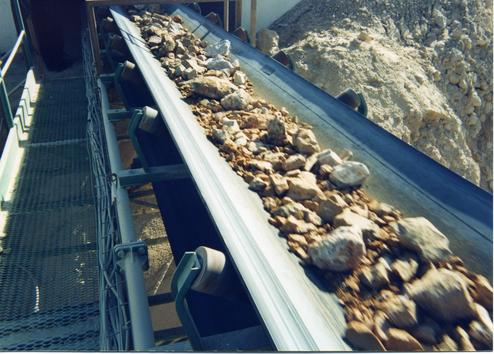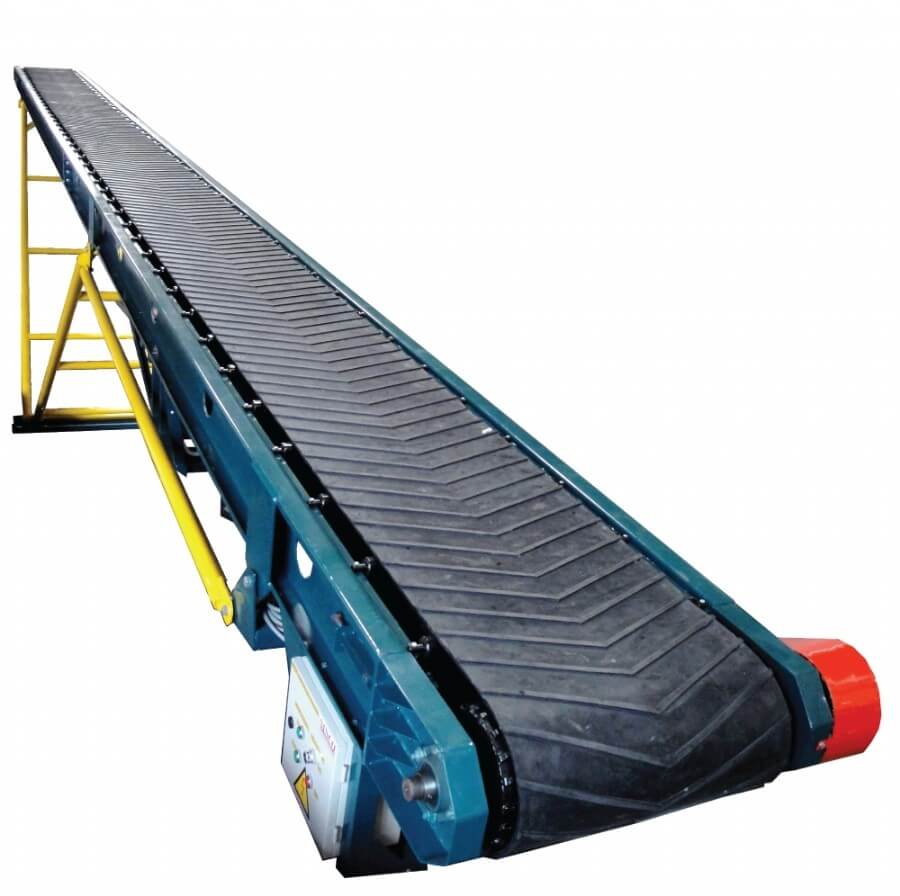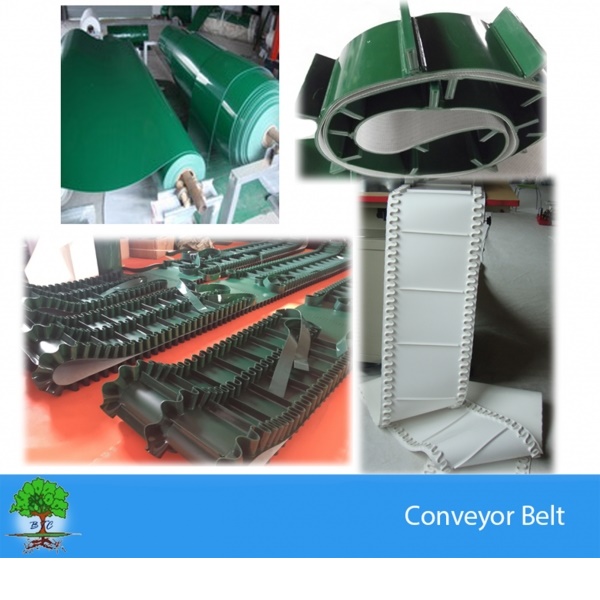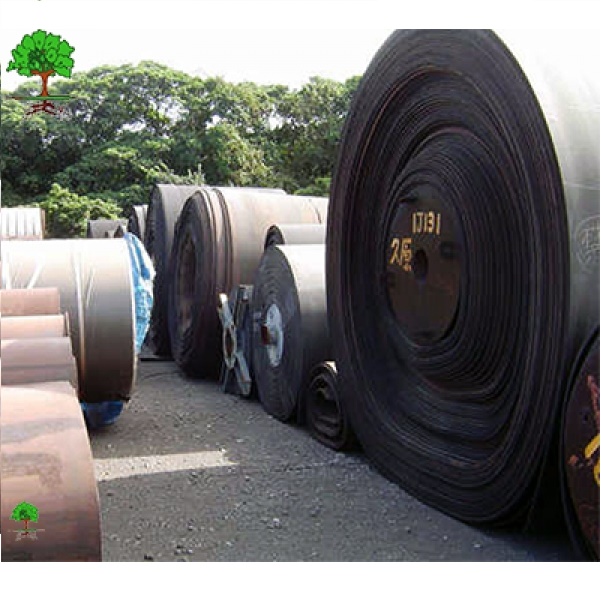Bach Tung conveyor belts JSC specializes in supplying all types of conveyor belt from general to professional with full specifications. Specifically, we have rubber conveyors, PVC conveyors, flat or chevron conveyor belts, abrasion resistance, heat, oil resistance, chemical (Acid-alkaline) resistance, elevator belt, endless conveyor belt... As a specialized company, the products of Bach Tung JSC always ensure timely delivery, high quality, and properly. Bach Tung JSC directly imports high-quality conveyor belts (new 100% and new> 95%) in large quantity and regular.
Because of the variety of conveyor belts, customers are confused about how to choose as well as install belts to fit with their system. Here, Bach Tung JSC will offer a few tips for selecting and installing suitable conveyor belts.
*** There are several types of conveyor:
There are many types of conveyor belts but they are divided into two major lines: rubber and plastic PVC conveyor belts.
The rubber conveyor belts are classified by the nature of the core, the number of core layers as well as the applications. The rubber conveyor belts consist of the EP fabric core and the steel core with a variety of layers.
- Thickness: 10; 14; 16; 19; 30; 40 mm
- Width: 60; 70; 80; 85; 90; 100; 120 cm
- Long: 5; 7; 10; 12 m; etc. (Depend on the customers’ requests)
- Weight: 7; 8; 9; 10; 11; 13; 14; 15 kg
- Number of fabric core ply: 1; 2; 3; 4; 5; 6; etc. ply (or number of cable core: 4; 5; 6; etc.)
- Top rubber cover thickness: 2.5; 3.5; 4 mm
- Bottom rubber cover thickness: 1.5; 2 mm
- For chevron belts, the thicknesses of chevron are: 3; 5; 15 mm
** Some specific types of conveyors are:
- Chevron conveyors: Used to convey the materials on sloping position to prevent material from sliding backward.
- Oil resistance conveyor belts: used in the transportation of oil-bearing or oil-containing materials (animals or minerals such as animal feed, oil, grease, fertilizer, soybean, etc.). However, it is necessary to determine the type of oil, as well as its amount. If you need more consultation, feel free to call our consulting department here.
- White rubber conveyor belt: used for conveying food, ensuring the hygiene and safety.
- Acid-Alkaline resistance conveyor belts: used for conveying the chemical or alkaline materials. This specialized design makes the conveyor belts more durable and less damaging.
- Wear resistance conveyor belts: used in conveying the materials that are hard, sharp like soil, stone, glass, coal, etc.
- Elevator conveyor: Used to convey the materials in the steep system. The lifting capacity of the elevator conveyor belts can vary based on weight, pullet diameter and speed.
- Heat resistance conveyor belts: used in the high temperature working environment, high heating transfer material. They are recommended for temperatures above 80 oC.
- Endless conveyor belts: minimizes the weak points of the conveyor belts, which can make the them tear or damage.
- Food conveyor: specialized for conveying food, ensuring hygiene. They are used for the food industry.



.jpg)



